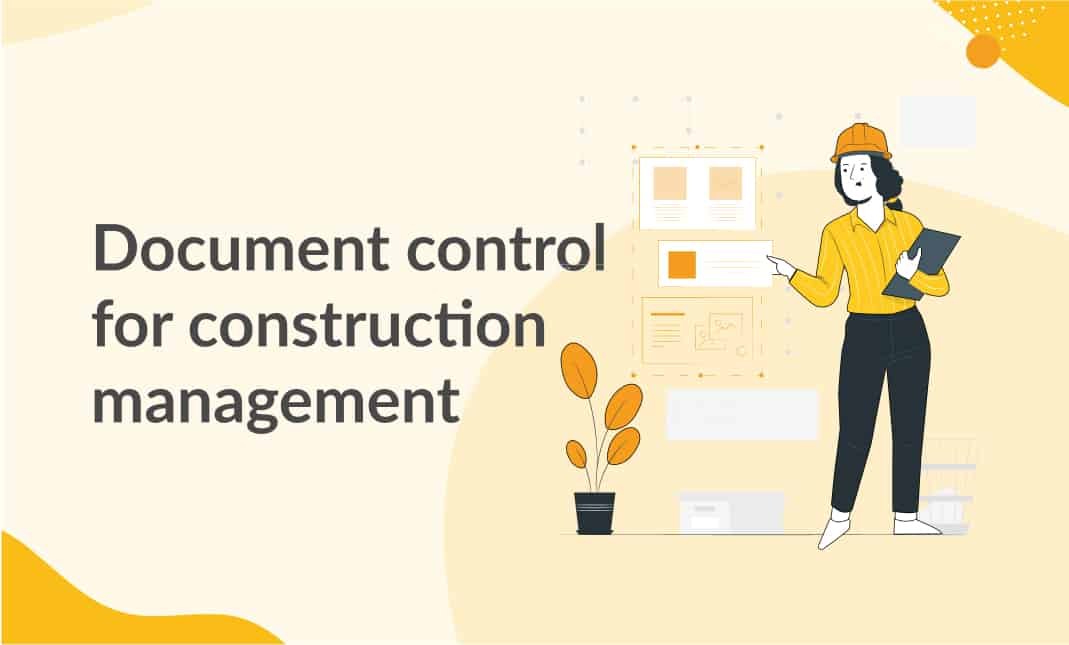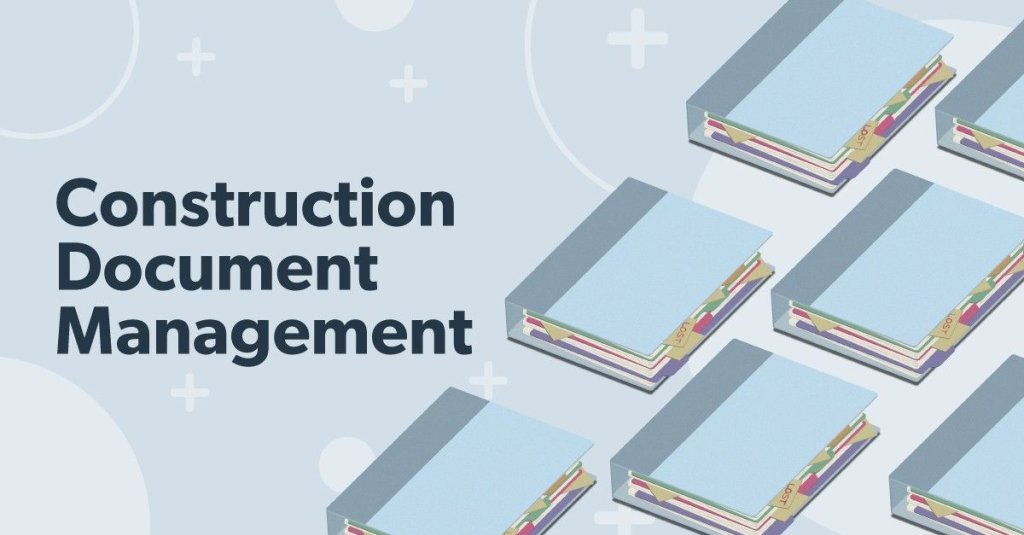Building Better Projects: The Function of Construction Document Management in Success
Architect's Guide to Streamlining Building And Construction Record Management for Reliable Task Implementation
The procedure of arranging, sharing, and maintaining these documents can frequently become a maze of inefficiencies and problems if not handled diligently. By checking out systematic techniques, cutting-edge tools, and industry finest practices, engineers can not just streamline their document monitoring procedures however also pave the method for a lot more effective task execution.
Relevance of Reliable Document Administration
Why is efficient document monitoring crucial for architects in the building and construction sector? Efficient file management is necessary for engineers in the building market as it plays a crucial duty in ensuring the effective implementation of tasks. Designers take care of a vast array of papers, varying from layout drawings and specs to licenses and agreements. Appropriate organization and monitoring of these documents are essential to preserve project timelines, ensure compliance with guidelines, and help with effective interaction among project stakeholders.

Efficient paper administration enables engineers to gain access to critical info without delay, track task progress properly, and mitigate dangers linked with noninclusions or mistakes. By implementing streamlined document administration procedures, architects can boost collaboration with clients, contractors, and various other employee, bring about improved project end results and customer contentment.
Additionally, efficient record administration helps architects keep an extensive project history, enabling them to leverage past experiences and lessons discovered for future tasks. In today's fast-paced building industry, where timely decision-making and information sharing are extremely important, efficient paper management is a keystone for success.
Methods for Improving Record Company
Effective file management practices not just make sure job success for designers in the building and construction sector yet likewise lay the structure for applying approaches for simplifying file organization. To improve record company efficiently, engineers ought to first develop a clear naming convention for files and folders. Consistency in calling documents based on task phases, document types, and appropriate details will certainly facilitate easy retrieval and minimize confusion.
Using cloud-based storage remedies can also improve paper company by offering a centralized area for all project-related data - construction document management. This permits team participants to access one of the most current files from anywhere, advertising collaboration and efficiency. Carrying out variation control systems further refines record organization by tracking adjustments, avoiding clashing edits, and making certain that the most recent variations are always offered
Furthermore, creating a rational folder structure with marked subfolders for various file classifications, such as specifications, agreements, and illustrations, can improve record management procedures. On a regular basis examining and purging obsolete or redundant data will certainly assist preserve a lean and orderly record database, ultimately improving efficiency and job results.
Leveraging Modern Technology Tools for Collaboration
In the world of modern architecture, architects are increasingly relying on advanced modern technology devices to foster seamless partnership among job stakeholders. Cloud-based systems such as BIM 360 and Procore allow real-time accessibility to task papers, allowing customers, service providers, and designers to team up properly no matter of their physical location.
Online design and building (VDC) software program like Revit and AutoCAD Architecture allow architects to create detailed 3D versions that can be shared and edited collaboratively. This real-time cooperation enhances design control, visualization, and accuracy, leading to much better decision-making throughout the project lifecycle. Additionally, interaction tools like Slack and Microsoft Teams offer immediate messaging, data sharing, and video conferencing capacities, cultivating seamless communication amongst staff member and stakeholders.
Ensuring Accuracy and Variation Control

Effective variation control additionally check my site assists in managing document approvals and ensuring that only authorized employees make alterations. Engineers need to develop clear protocols for recording adjustments, including timestamps and user identification, to develop an audit route for accountability. Routinely interacting with the task team about variation updates and changes is important to avoid confusion and keep alignment throughout the building procedure.
Ideal Practices for Record Sharing and Gain Access To
Having developed a robust system for variation control in building file administration, designers can currently concentrate on optimizing record sharing and access methods to boost cooperation and performance among job stakeholders. These platforms use real-time accessibility to task records, making it possible for group participants to view, edit, and comment on documents simultaneously.
Additionally, applying role-based access control is essential for maintaining data security while assisting in partnership. Appointing different permission levels to staff member ensures that sensitive details is only available to authorized employees. Routinely updating accessibility approvals based upon job needs and team changes is critical for maintaining information honesty.
Incorporating project monitoring software with document sharing systems can also streamline process. This integration permits seamless interaction, task tracking, and document administration within a single user interface, reducing the requirement to switch over between numerous devices. By following these ideal practices, designers can develop an extra joint and efficient file sharing environment, ultimately leading to effective job implementation.

Verdict
Finally, efficient building and construction record management is essential for successful job implementation. By implementing techniques for company, leveraging technology devices for cooperation, guaranteeing accuracy and version control, as well as complying with ideal techniques for record sharing and accessibility, designers can simplify their operations and improve general project performance. Focusing on these facets of document management will certainly bring about smoother task implementation and far better outcomes for all stakeholders involved.
Effective document monitoring is important for engineers in the building and construction sector as it plays an essential role in making sure visit the site the successful implementation of projects. construction document management. Proper company and management of these documents are imperative to keep task timelines, make sure conformity with regulations, and assist in effective interaction amongst project stakeholders
Effective paper administration practices not just make certain project success for architects in the building industry however likewise lay the foundation for carrying out techniques for improving file company. One vital method is developing a centralized document database where all group participants can access the most current variations of illustrations, requirements, and other project documents.Having actually established a durable system for variation control in building and construction document management, architects can now focus on maximizing file sharing and gain access to techniques to enhance partnership and performance among project stakeholders.